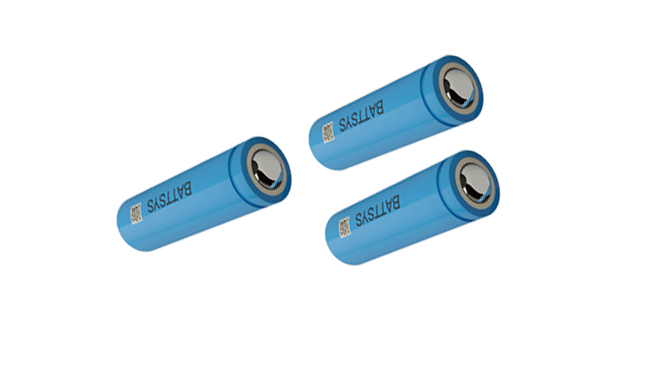What is the difference between polymer batteries and 18650 batteries.
At present, there are generally two types of batteries in the mobile power market: 18650 batteries and polymer batteries. These two types of batteries dominate the vast market share in the lithium battery industry. Many netizens have mentioned mobile power batteries, and here Mobile Power Network will explain the two common types of batteries used in mobile power.
Capacity regular size:
There are generally 2200mAh, 2400mAh, 2600mAh, and 2800mAh capacity standards. According to industry insiders, the 18650 has currently achieved a maximum single cell capacity of 3400mAh. If the mobile power bank uses 18650 as the battery, it is basically connected together with the above specifications.
Packaging:
Generally, steel shell packaging is used, which means that 18650 lithium ions are in liquid form, just like a cup filled with water, similar to this understanding. So 18650 can only be cylindrical. If you see thick and large mobile power banks when buying them, they are basically 18650 batteries.
Due to the special nature of 18650 packaging (using steel shells), if the quality of the produced products is not up to standard, the biggest danger is explosion. The explosion incidents that occurred in laptops a few years ago were caused by quality control issues with Sony's laptop batteries (usually using 18650).

Lithium polymer battery:
The raw materials are generally a mixture of lithium cobalt oxide, lithium manganese oxide, and ternary lithium. Made through a certain proportion of a mixture of the three and a certain process, the outer packaging is mainly made of aluminum-plastic film, and the lithium substance in the middle is a paste. So the shape can be customized arbitrarily. At the same time, ultra-thin batteries such as 0.33mm and 0.50mm can be produced.
Lithium polymer battery capacity:
Due to the fact that polymer batteries can be of any size, they do not have a standard shape. Generally, the body area is marked as length * width * thickness. In addition, the battery has a positive and negative tolerance, with a positive tolerance of 0.5mm for length and width and a negative tolerance of 0.55mm for thickness (these two positive and negative tolerances are not clear in my memory, but they do not affect the reading of ordinary users, so this indicates that the capacity of polymers is determined by the size of their volume, and are also related to the ratio of lithium raw materials used.).
The polymer battery is covered with a layer of aluminum-plastic film on the outside, and then wrapped with a layer of high-temperature adhesive tape. The biggest safety of the polymer is leakage, short circuit, causing swelling, and in the worst case, combustion and flames. Therefore, compared to
18650, polymer batteries are safer. However, burning can also pose safety hazards, so it is recommended that users of portable power banks avoid placing them on pillows or beds as much as possible.
It is worth noting that security is not absolute either. High quality 18650 batteries have much better safety than inferior polymer batteries, so the public still needs to keep their eyes open to distinguish.
